Pigeon Training and Nutrition Part 1
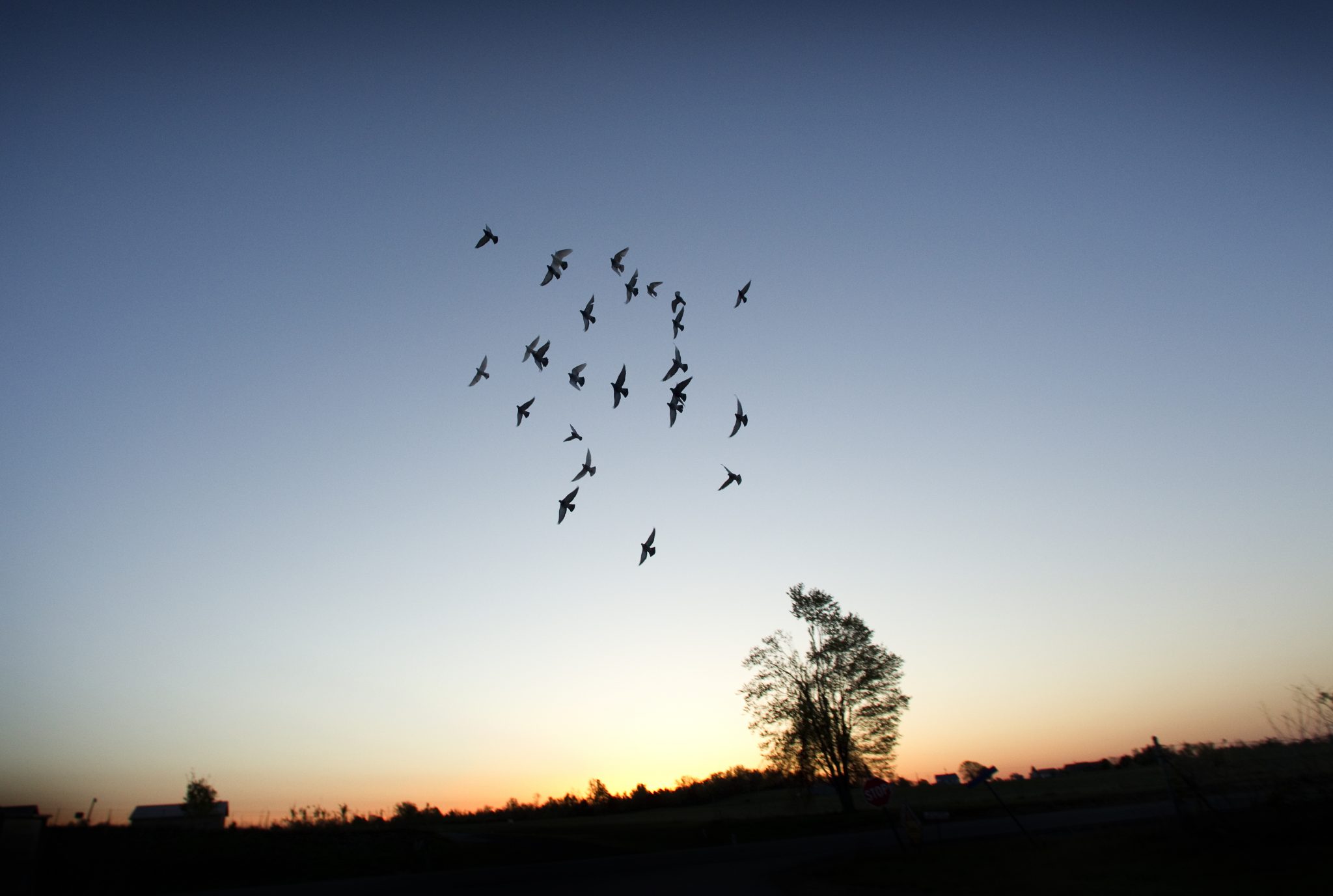
If you want to run the marathon, you will have to train, otherwise you will not arrive at the finish line in time. This we can all understand and accept. To develop this ability, a plan is required, one that will lead to your goal. It will take many months of training, building up to first running 5 km or so and slowly building up to a half marathon race and eventually running the entire marathon in an acceptable time. What time? That depends on your technique, your clothing, your shoes, your weight, your type of muscling, and don’t forget your “talent”. There are people who train till they drop, but will never reach any significant racing ability. They will, however, be able to improve their times greatly. How is this done? You hire a personal trainer and you join an athletic club. They know how to prepare you and how to improve your athletic abilities. In this article I will regularly switch from training people to pigeons. Not in order to compare them, but to gain specific insights.
Aerobic:
Burning energy takes place on the basis of the available oxygen supply (in order to let the muscles work). Breathing is what keeps the oxygen supply at the ready. There is a balance between used waste products and the cleansing of the blood by the organs. In this way an oxygen deficiency will not be reached and you can train for a long time. Think about playing soccer, if you are well trained, you can complete the entire game at top efficiency.
Anaerobic:
When training using the anaerobic system, then oxygen shortages will be built up. This means that lactic acid is produced and this will weaken your legs. This can be done consciously in order to build a “tolerance” to lactic acid and learn how to handle it. This can lead to an increase your athletic prowess. The main effect of anaerobic training is that you will come into competition form. To acquire form you will have push yourself to the limit several times (4 to 6) by sprinting 500 to 800 meters. If you want to compete in half marathon races, this is a good way to reach form in the last phase of your preparation. You can’t and shouldn’t do this daily. These sprint repetitions will be attainable at a maximum of only once per week. This is an excellent way to reach top condition just before a competition. In other words: this kind of training should not make up more than 6 to 10% of your total training. This type of training in technical terms is called “VO2 max”. You teach your body to utilize 100% of its available oxygen supply; this is what helps you reach “top form”. You can imagine that “ornithosis” (a cold) will throw a lot of sand into the gears.
Pigeon Training:
It is foolish to send pigeons directly to a 500 km race at the beginning of the season. This we can certainly all understand. We have to build up the pigeon’s condition, gradually, several weeks before the races begin, we increase their training from 15 minutes to an hour and then to an hour and a half etc.Those that can handle this and during this time fly hard are the one we need for racing. We know that humans have to follow a training regimen in order to deliver a top performance at a specific time, then I find it strange that some pigeon combines will jump from 250 km to 550 km. Perhaps the really well trained pigeons can handle it, but this is the ideal, what about the less trained pigeons? Fanciers with a lot of time on their hands will take their pigeons for training tosses themselves in these situations. At the beginning of the week they will take their pigeons as far as 400 km. Yes! They will drive through Belgium and sometimes into France just to release a few pigeons, and you keep suggesting that they are using a product that shouldn’t be used. I don’t know if that perhaps is still the case. The fact is these fanciers are willing to take the time and effort and do whatever it legally takes to achieve racing success. Often they are the fanciers that specialize at specific distances. For them it’s all about the Teletext races. How fast the pigeons come home on the shorter distances is not important to them. They are allowed to easily fly along in their “winter condition”. They want to peak on a number of races chosen beforehand. That of course is their choice. If they succeed in preparing their pigeons and keeping them healthy, it will be difficult to defeat these fanciers at their “specialty”. Do they have better pigeons? I don’t know. In any case they are making other choices.
Pigeon Training and Nutrition Part 1 by Peter Mulder


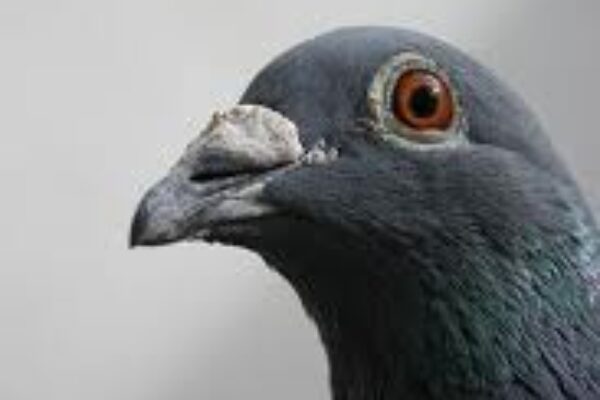
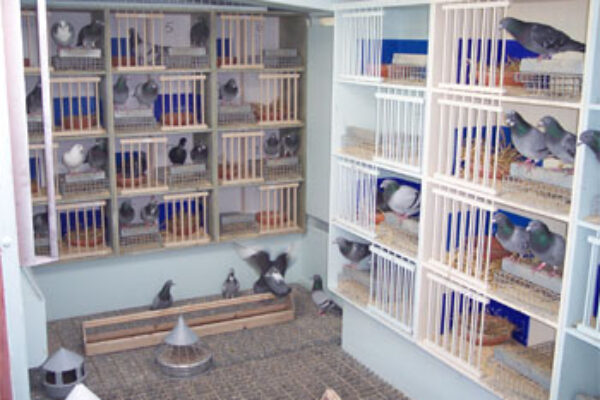
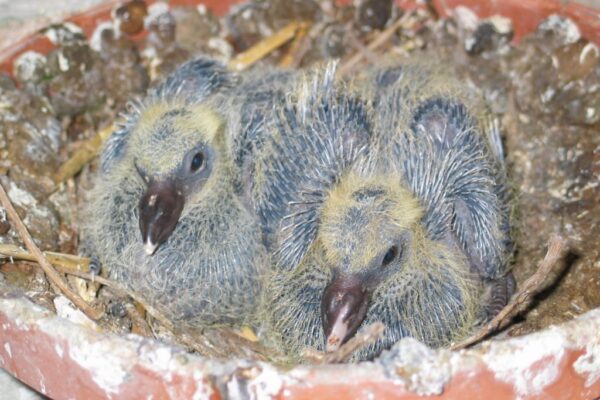
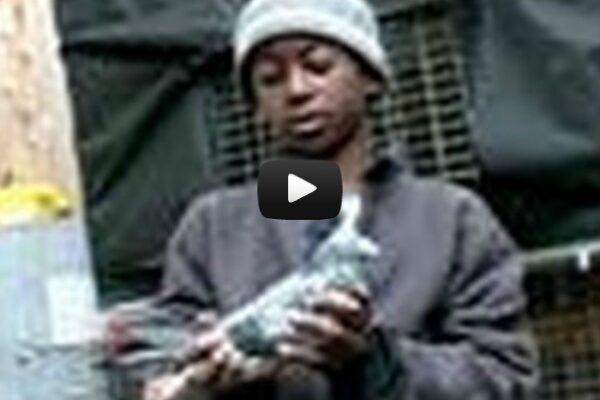
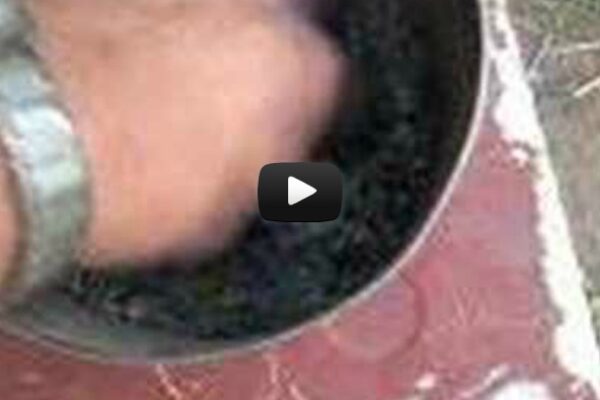
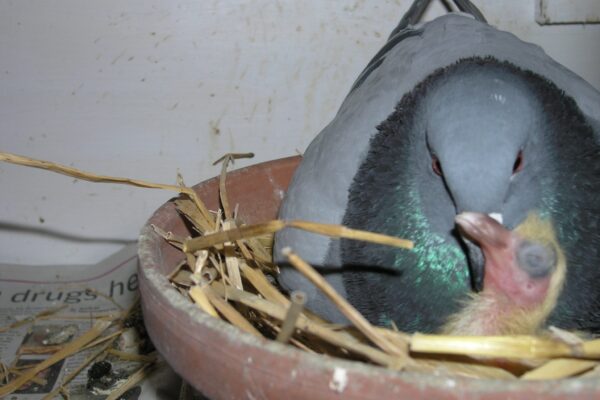


You have to train your birds to get them fit and also get there minds ready for racing all birds are
different most people like to get at least three races on a bird to fly a 500 or 600 mile race but i
have found over the years your best pigeons don’t need as much work to stay fit and to win races
also there are many ways to train and feed or should i say there are many roads to rome.
You have to work your birds,even if it’s just letting them out to fly. I like to let them have a “full” day sometimes to just be loose and walk in the yard,etc. But, don’t do that alot! Or they start to act like thier wild cousins and fly “when they want to!” Forever trying different types of feed to see what works. And it’s all part of the fun too!
Always enjoy your articles; please keep them coming!